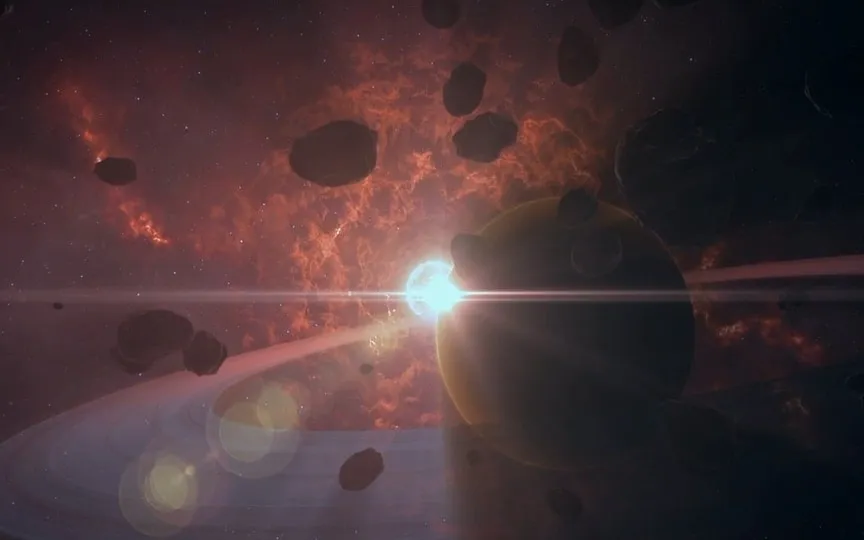First-Ever Close Encounter with Rare Asteroid Today – Never to Return
Today, on July 19, a one-of-a-kind asteroid named Asteroid 2023 NE1, measuring 190 feet in width, will have a close encounter with Earth, marking a rare occurrence. The United States’ National Aeronautics and Space Administration (NASA) has disclosed the specifics of this extraordinary space rock. Curious to learn more about the background and significance of this upcoming celestial event?
Asteroid 2023 NE1
NASA has issued a warning about asteroid 2023 NE1, which will come very close to Earth today, July 19. It passes the Earth at a distance of about 4.8 million kilometers and approaches the earth at a high speed of 20410 kilometers per hour. The estimated width of the asteroid is 190 feet, which is large but unlikely to be harmful to Earth.
The amazing thing about this asteroid is that this is the asteroid’s first approach to Earth, and best of all, it will never come back, according to NASA’s Small-Body Database Lookup.
Why is Asteroid 2023 NE1 a rare event?
This space rock is part of the Cupid group of Near-Earth Asteroids, whose orbits extend beyond Earth but stay within the orbit of Mars. The group is named after the asteroid 1221 Amor, discovered in 1932 by the Belgian astronomer E. Delporte.
It’s a rare event because asteroid 2023 NE1 is approaching Earth for the first time. Based on NASA’s Small-Body Database Lookup, there are no plans for the near future, so it’s a once-in-a-lifetime chance to see an asteroid.
Sometimes such ancient asteroids can pose a serious threat to the space environment and also to the Earth’s atmosphere. Asteroid 2023 NE1, however, does not cause alarming concern, except for its proximity to Earth.
In addition, planetary defense research constantly aims to develop methods to reduce the possible collision risks of asteroids in the future.
How does NASA track an asteroid?
NASA tracks and detects near-Earth objects such as asteroids and meteors using ground-based observatories and the NEOWISE satellite. It not only tries to locate every asteroid that comes close to Earth, but also describes them in terms of size, speed and distance.




